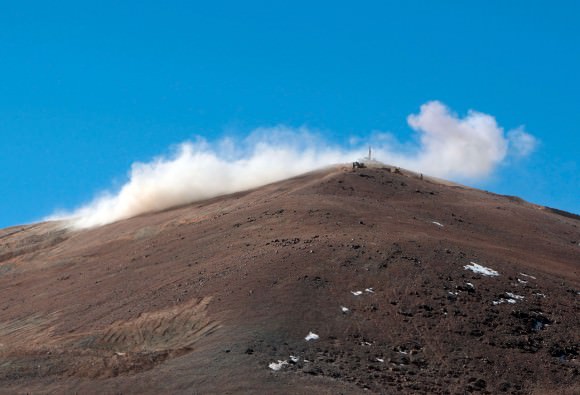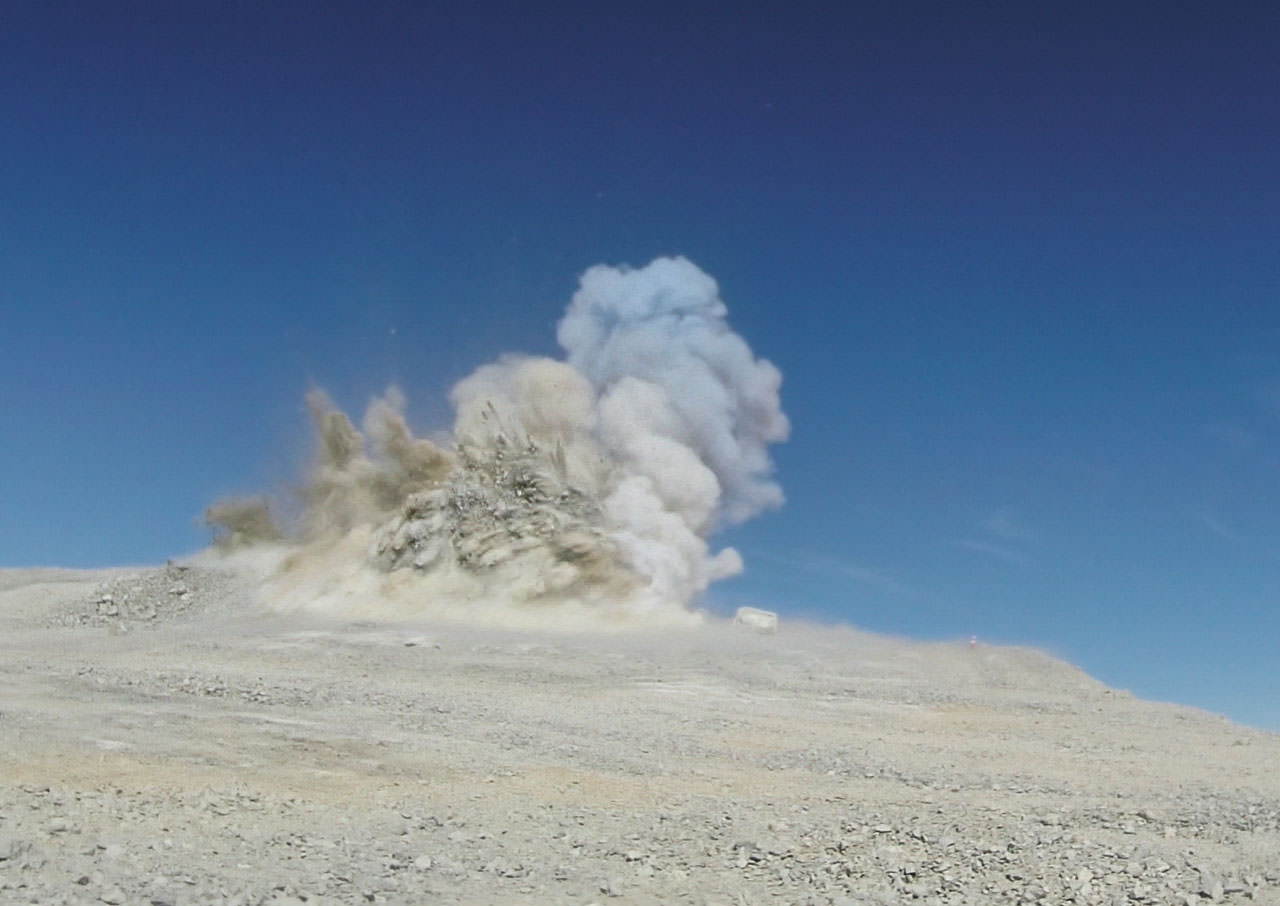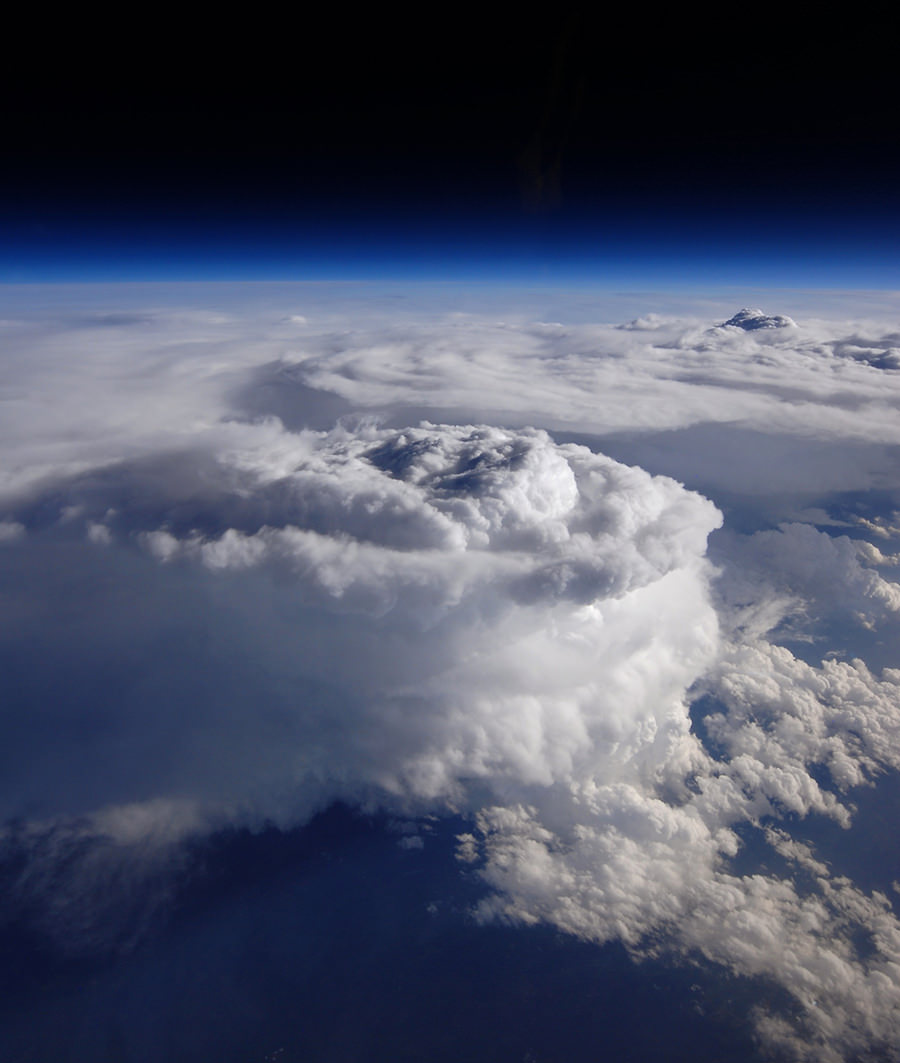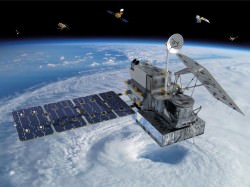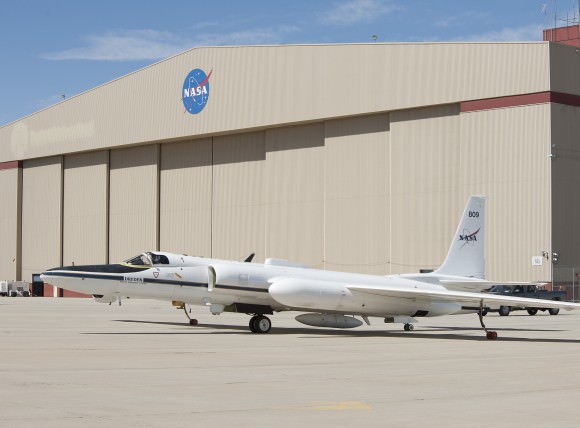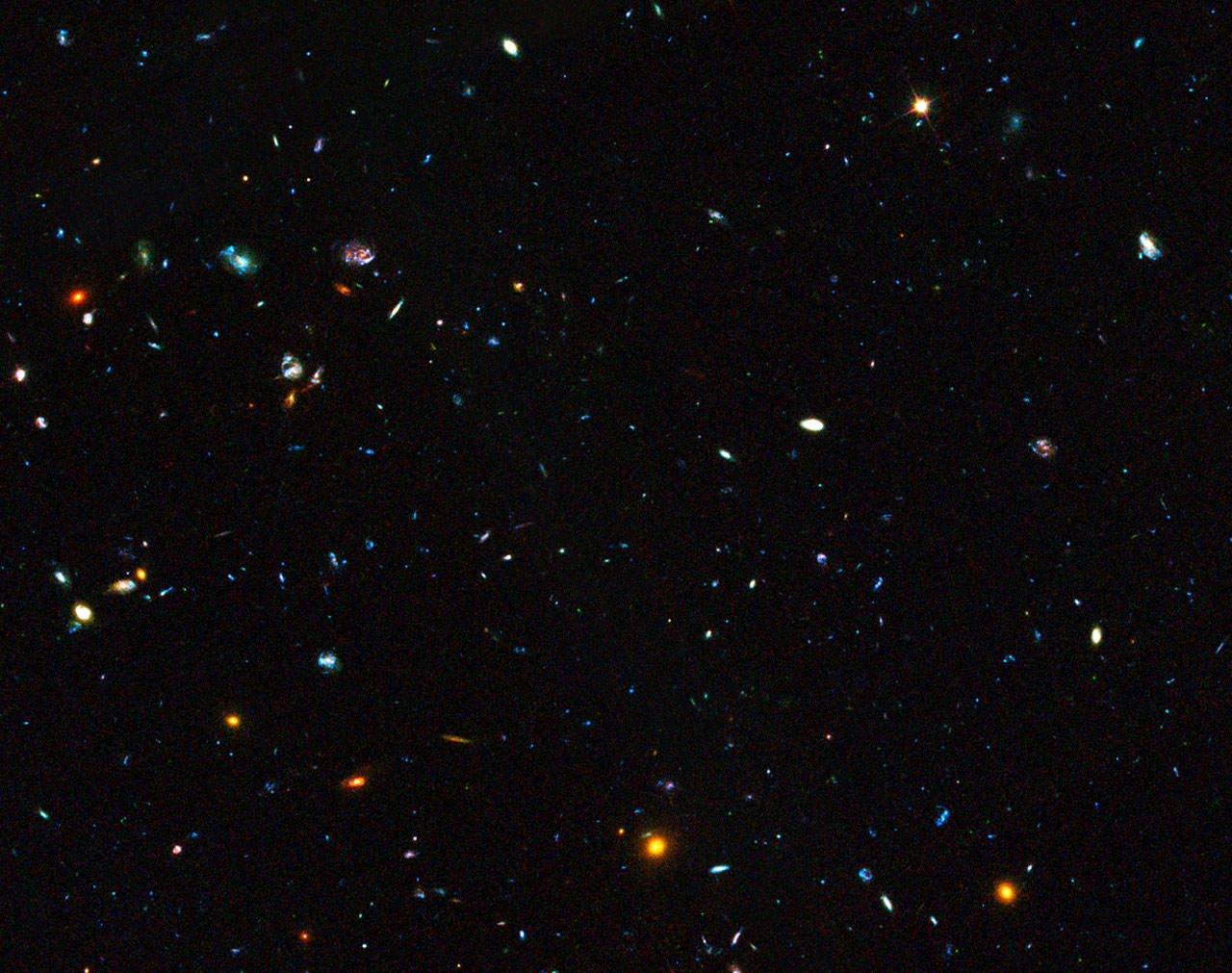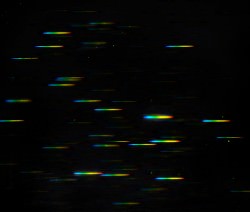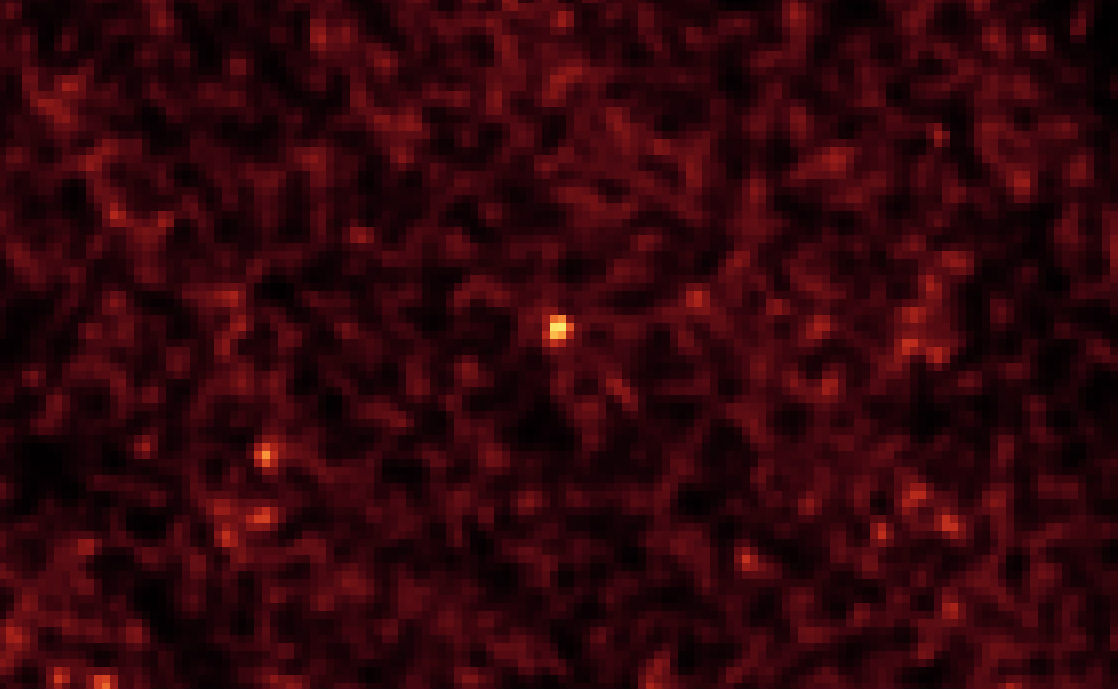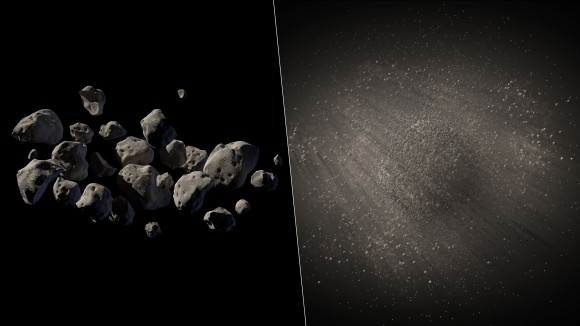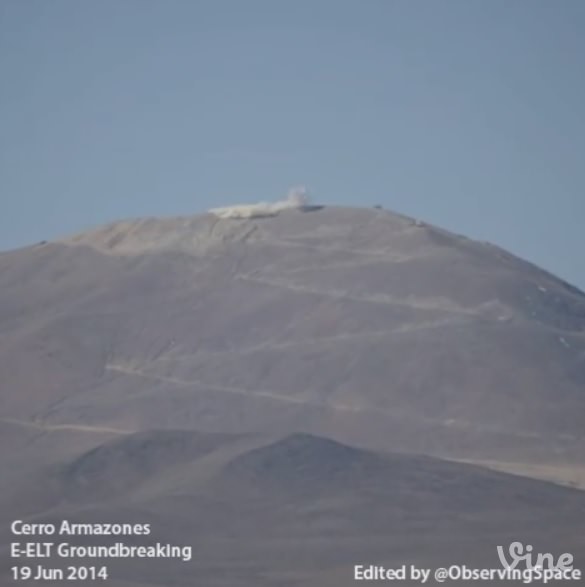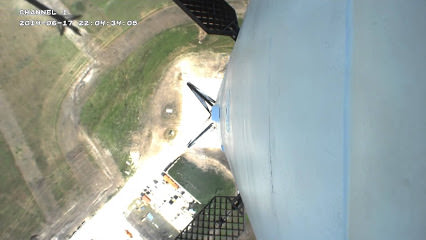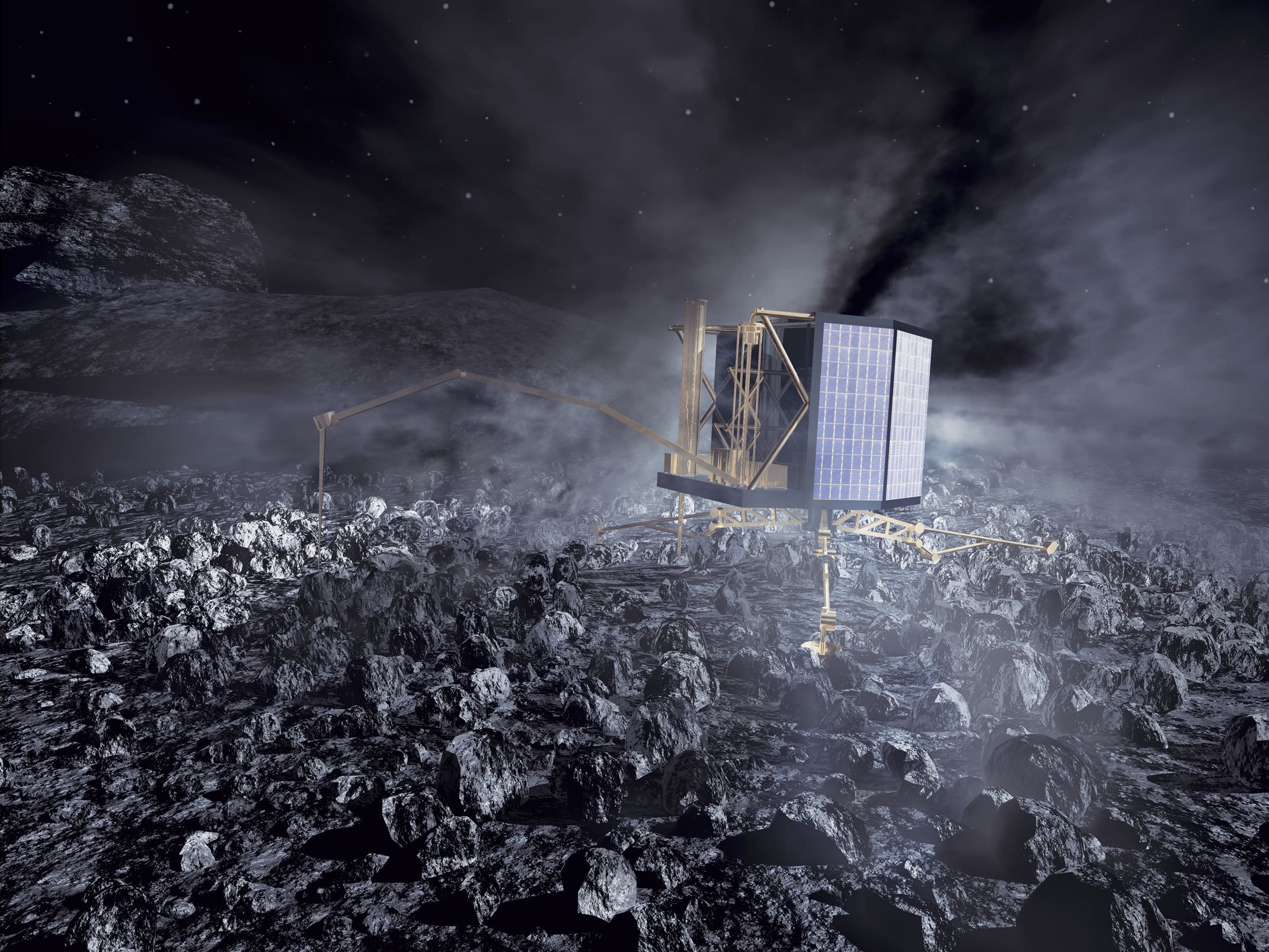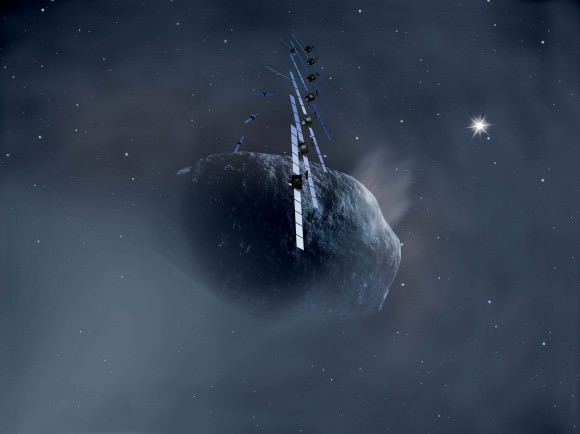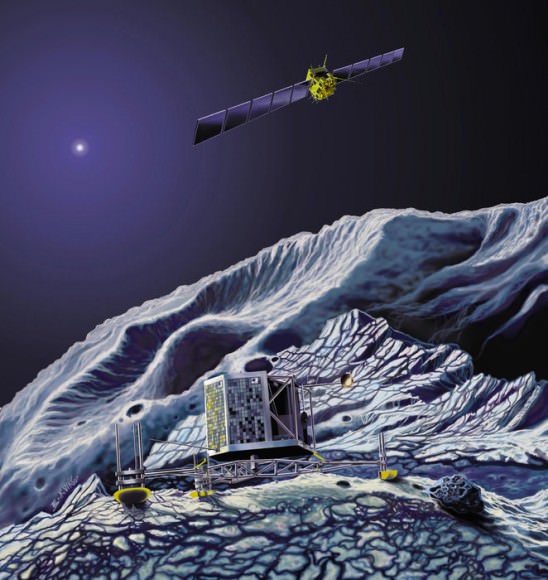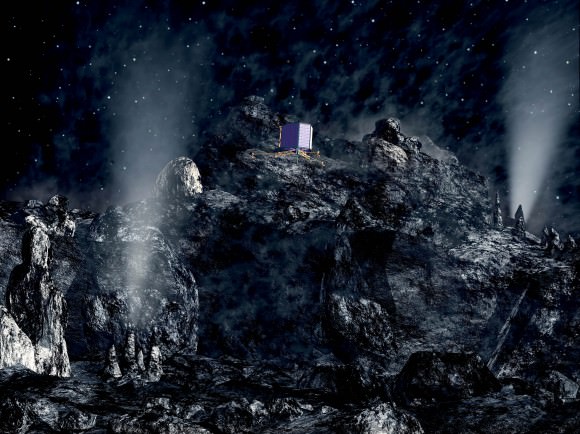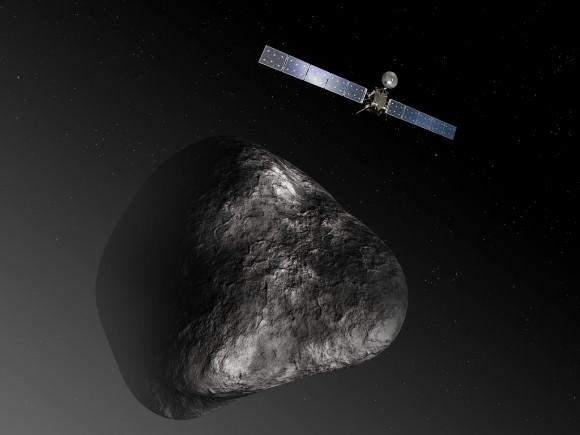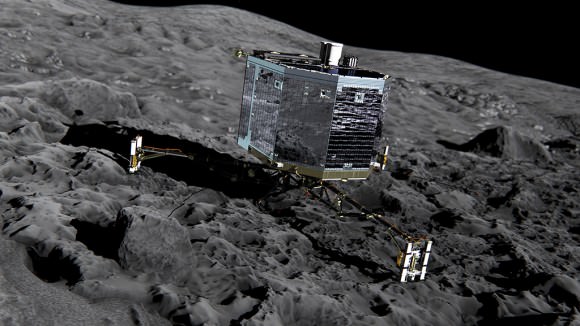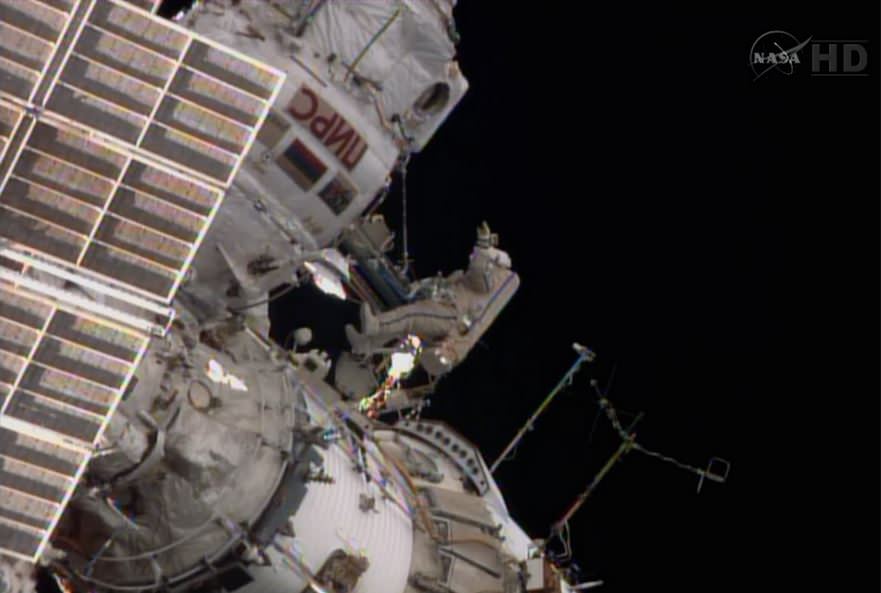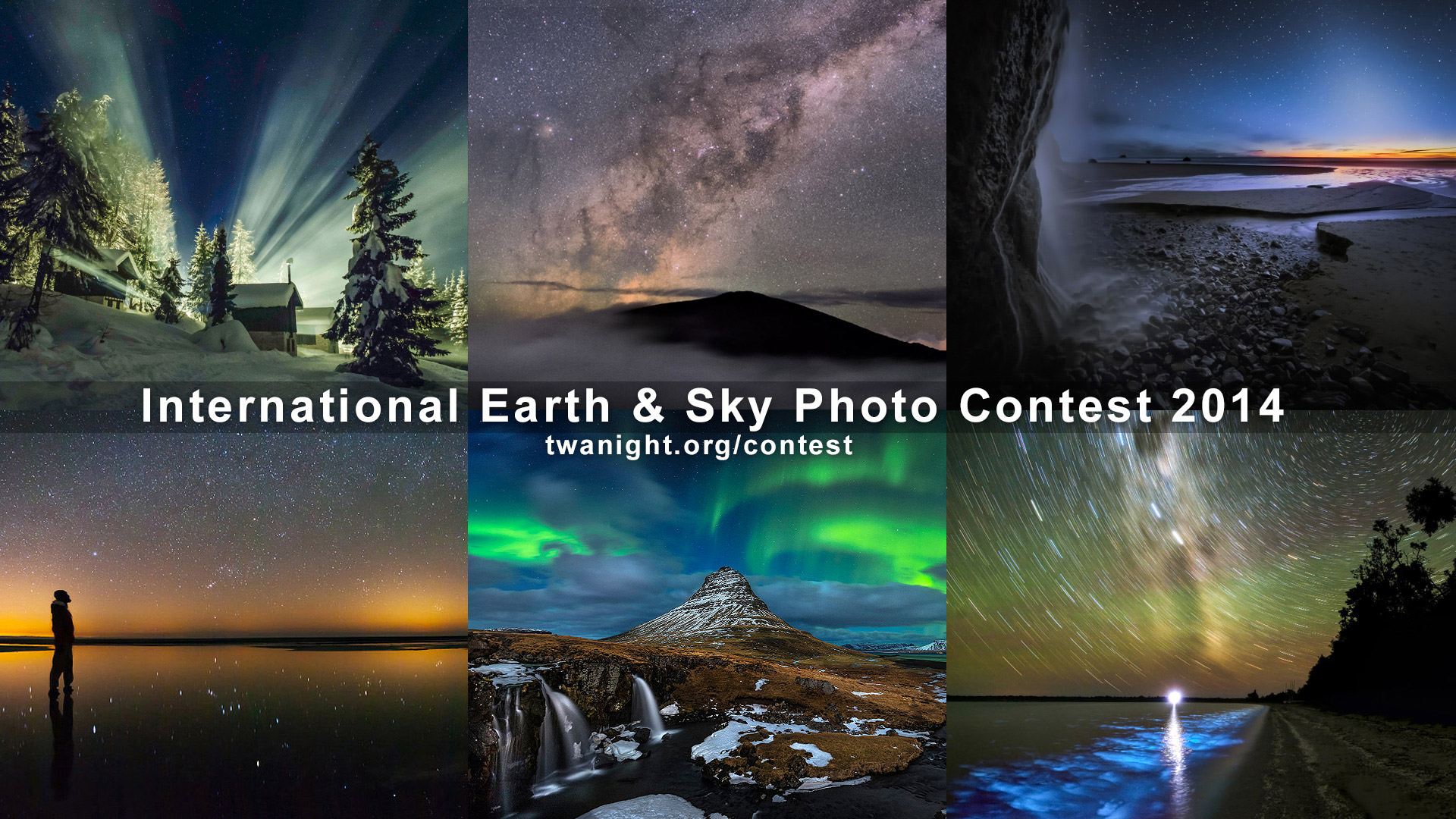Need a little eye candy? Look no further! Here are the latest winners of the International Earth and Sky Photo Contest. This was the 5th annual contest, which is organized by The World at Night (TWAN), the National Optical Astronomy Observatory, and Global Astronomy Month from Astronomers Without Borders. This contest stresses the importance and awareness of dark skies, look for images that portray the “TWAN style” —showing both the Earth and the sky—by combining elements of the night sky set in the backdrop of the Earth horizon, often with a notable scenery or landmark.
The 2014 contest had two categories: “Beauty of The Night Sky” and “Against The Lights.”
“Both contest categories provide a visual awareness of the disappearing starry night sky and hopefully an understanding as to its cause,”said contest judge Connie Walker, associate scientist and education specialist at the National Optical Astronomy Observatory. “The added hope is that the photos will provide an incentive to be more actively involved in reasonable light pollution solutions and therefore dark skies preservation.”
Click on each of the image here for larger versions.
The first prize in Beauty of the Night Sky category was awarded to Luc Perrot from Réunion Island of France (southern Indian Ocean), for his image “Over the Top,” below, shot on Feb 28, 2014. A volcano in the Reunion Island peaks out of a sea of clouds and rests under stars.
“The photograph beautifully captures a scene that is eternal, the central bulge of the Milky Way is rising majestically over Piton de la Fournaise volcano,” said contest judge David Malin, who is widely known as a pioneer in scientific astrophotography “The image shows no sign of human presence, and is a reminder that the foreground landscape and the dark dust lanes in the Milky Way are made of the same elements, seen here as delicate clouds and solid mountain peaks.”
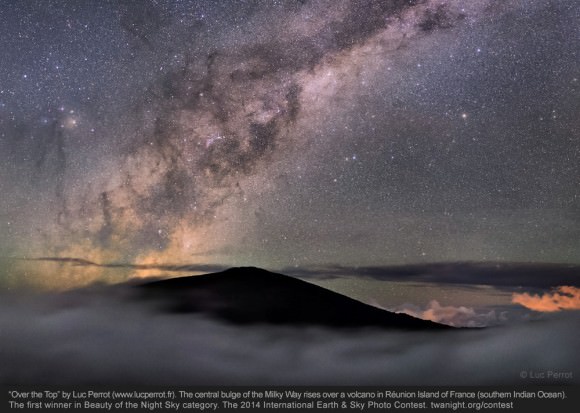
Here are the “Beauty of the Night Sky” top winners:
1- Luc Perrot, Reunion Island (France)
2- Ben Coffman, USA
3- Nicholas Roemmelt, Austria
4- Ibrahim Elawadi, Egypt
5- Phil Hart, Australia
We loved this image, below, from Nicholas Roemmelt of Austria for his outstanding capture of aurora over Kirkjufell waterfalls in Iceland in a moonlit night of March 2014, titled “Kirkjufell Nights” which won third place in the “Beauty of the Night” category.
Contest judge and long-time National Geographic photographer James Richardson regards this image “a fantastic confluence of the forces of nature. This is, of course, just one small corner of our universe, and yet we see swirling all the waterfalls carving at the rocky landscape, the mountain resisting erosion, the aurora sweeping around the pole and the stars beyond, part of the whole. The organizational power of this photograph is just wonderful.”
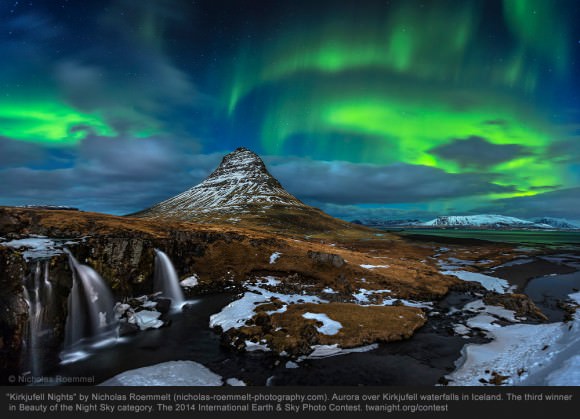
The first prize in “Against the Lights category” (and the overall contest winner) goes to Giorgia Hofer of Italy for his photo “Light in the Sky” taken on January 1, 2014 from Cibiana Pass in the Dolomites (Alps), northern Italy.
“I tried to portray the mist produced by the drones launched fireworks on the evening of new that were illuminated by a nearby light tower. in the only dark part of the sky the Big Dipper (the prominent part of constellation Ursa Major) is perfectly framed by the rays,” said the photographer.
Contest judge James Richardson said of this photo, “This captures the great ambiguity we feel about the night and night lighting. It is at once beautiful and beautifully composed. But it is also night lighting obscuring the beauties of the night. A beautiful image that confronts us with our own, conflicted desires.”
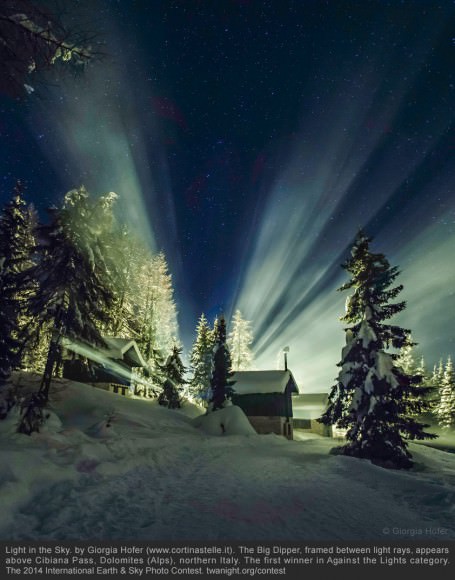
The entire “Against the Lights” winners are:
1- Giorgia Hofer, Italy
2- Alex Conu, Romania
3- Majid Ghohrudi, Iran
4- Mark Gee, New Zealand
5- Song Hongxiao, China
We also loved the fifth place winner in the “Against the Lights” category. “Heavenly Street” by Song Hongxiao of China is a long-exposure photo sequence of March 30, 2013 that captures star trails from the sacred Taishan or Mount Tai. Says the photographer: “Its been an ancient China tradition that people climb to the top of Mountain Tai to watch the beautiful sunrise and pray. In this picture thousands of people are walking across the Heavenly Street. The lights from their flashlight interplays with the stars in the sky.”
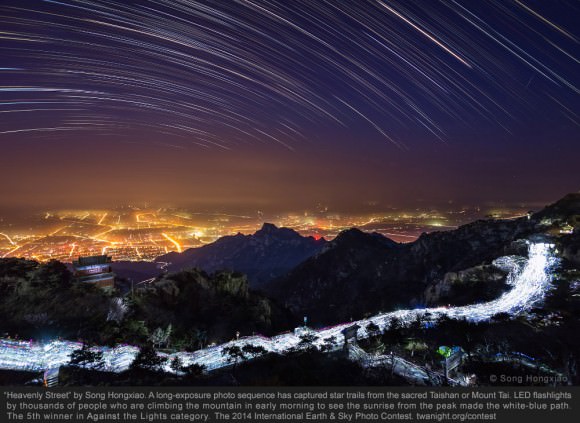
There are also 70 images as honorable mention which you can see in the video below, or in the contest Guest Gallery. The images were submitted (or taken) from 55 countries and territories.
You can find out more about this contest and the judges here. Keep your eye out for the chance to participate in next year’s contest at TWAN’s contest page.
